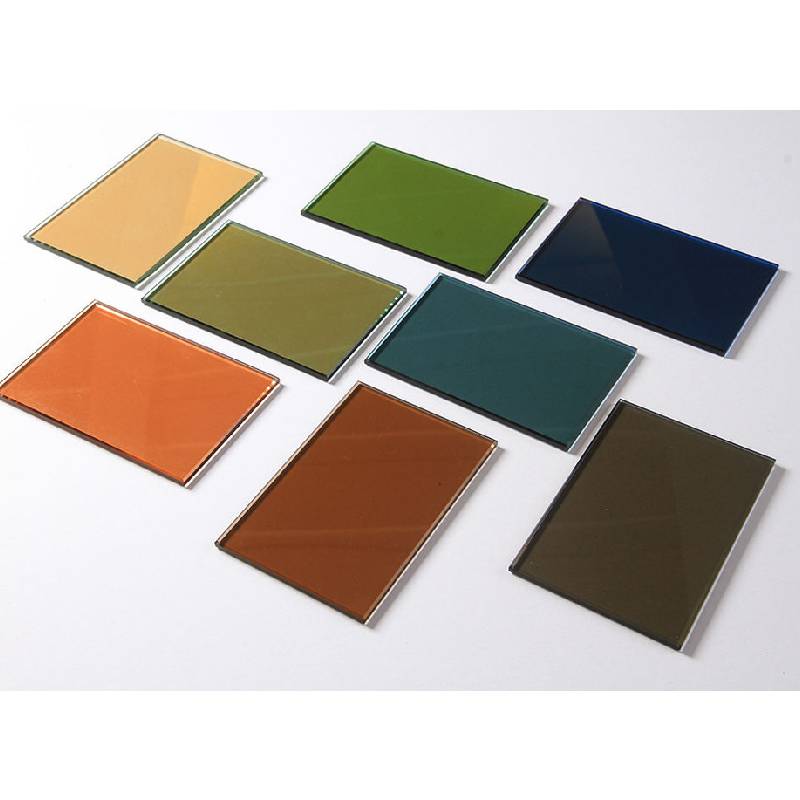

Understanding Types of Reflective Glass
Glass has always been a crucial material in architecture and design, serving purposes ranging from protection to aesthetics. Among the various types of glass, reflective glass holds a special place due to its unique properties. Reflective glass is designed to reflect light while allowing some visibility through it. This quality makes it an excellent choice for both residential and commercial buildings. In this article, we will explore the different types of reflective glass, their applications, benefits, and considerations.
What is Reflective Glass?
Reflective glass is essentially a coated or treated type of glass that enhances its reflective properties. The surface of this glass is applied with a thin metallic film or a special coating that reflects solar energy and minimizes glare. This reflective quality can significantly reduce heat absorption and light transmission, making it a popular choice in various applications.
Types of Reflective Glass
1. Low-Emissivity (Low-E) Glass Low-E glass features a microscopic metallic coating that reflects infrared light but allows visible light to pass through. This type of glass is energy-efficient, helping to regulate indoor temperatures by keeping heat out in the summer and retaining warmth in the winter. Low-E glass is commonly used in residential windows and commercial facades.
2. Mirror Glass Mirror glass is a fully reflective glass that is typically used for aesthetic purposes. It has a reflective layer applied to one side, making it ideal for use in interior design, signage, and decorative applications. Mirror glass not only enhances the beauty of a space but also helps manage light effectively.
3. Tinted Reflective Glass This type of glass is treated with a tint that reduces glare and provides additional privacy. Tinted reflective glass can come in various shades, offering flexibility in design while maintaining some level of light transmission. It is frequently used in office buildings and automotive applications to reduce the heat and glare from the sun.
4. Solar Control Glass Solar control glass is specifically designed to limit solar radiation. It combines both glazing and reflective properties to reduce heat gain while maximizing visibility. This type of glass is particularly beneficial in climates with high temperatures, as it can significantly lower air conditioning costs.
5. Privacy Glass Privacy glass features a special coating that reflects more light than it allows through, providing enhanced privacy while still letting in natural light. This is often used in bathrooms, conference rooms, and any other space where privacy is paramount.
Benefits of Reflective Glass

- Energy Efficiency One of the primary advantages of reflective glass is its ability to reduce energy consumption. By reflecting sunlight, it minimizes the need for air conditioning, leading to lower energy bills. - Glare Reduction Reflective glass significantly decreases glare, making interiors more comfortable. This is particularly important in work environments where excessive glare can hinder productivity.
- Enhanced Privacy Many types of reflective glass offer privacy without sacrificing natural light
. This is especially useful in urban areas where buildings closely adjoin one another.- Aesthetic Appeal Reflective glass can add a modern and sleek appearance to buildings. Its ability to reflect surrounding landscapes can create fascinating visual effects.
Considerations When Using Reflective Glass
While reflective glass offers numerous benefits, there are several factors to keep in mind
- Visibility Depending on the level of reflectivity, visibility from outside to inside can be affected. It's essential to balance the need for privacy and the desired amount of light transmission.
- Heat Build-up In some cases, especially with certain types of tinted or solar control glass, there can be an accumulation of heat, which could damage window seals or cause other problems.
- Cost Reflective glass can be more expensive than regular glass due to the additional coatings and treatments. It's essential to consider the long-term savings on energy costs when evaluating the upfront investment.
Conclusion
Reflective glass has become an integral part of modern architecture, combining functionality with aesthetics. With various types suitable for different applications, it serves as an excellent choice for energy efficiency, glare reduction, and privacy. Understanding the characteristics and benefits of each type can help architects, designers, and homeowners make informed decisions that align with their needs. As technology continues to evolve, the options for reflective glass will likely expand, further enhancing its role in sustainable building design.